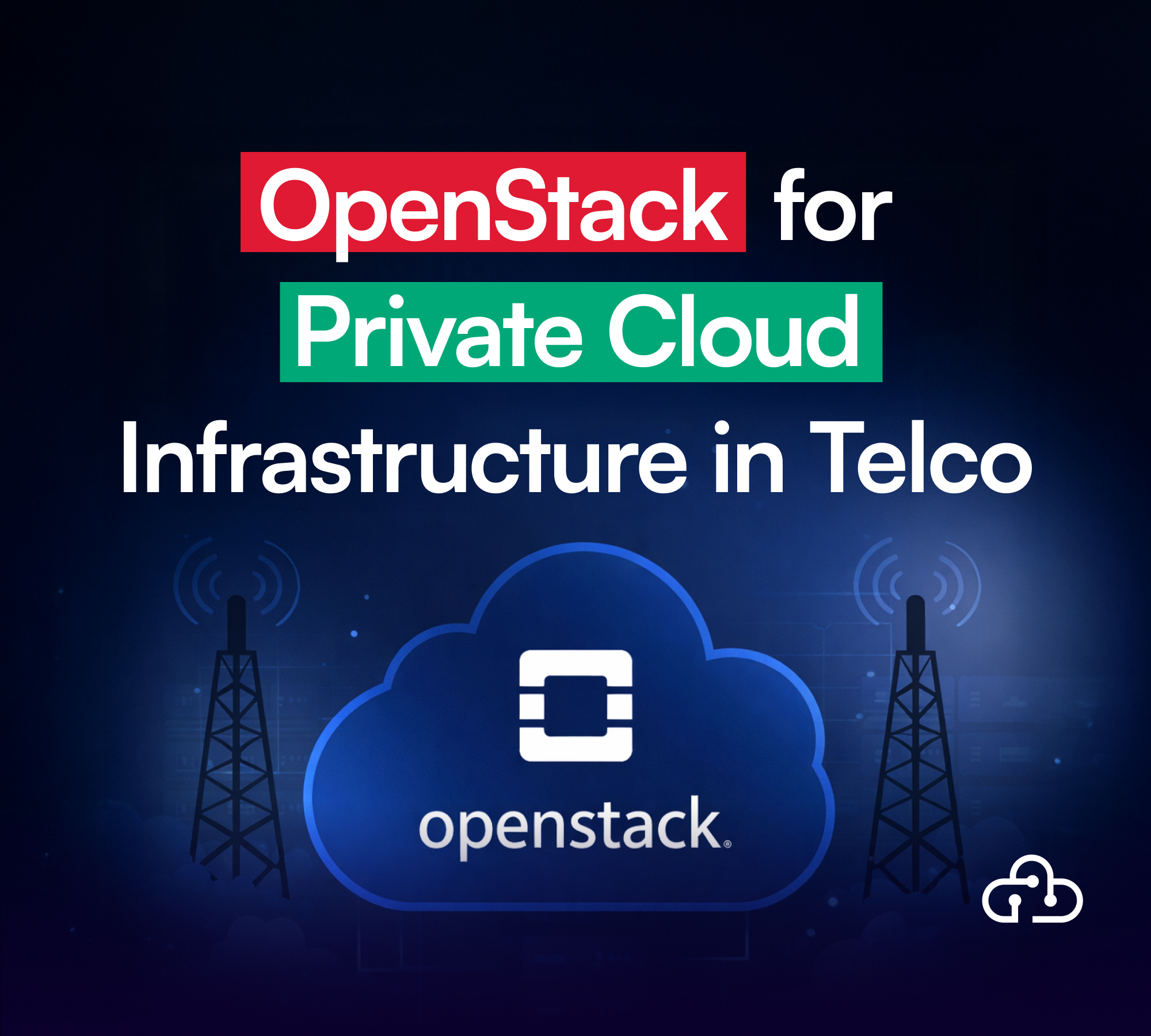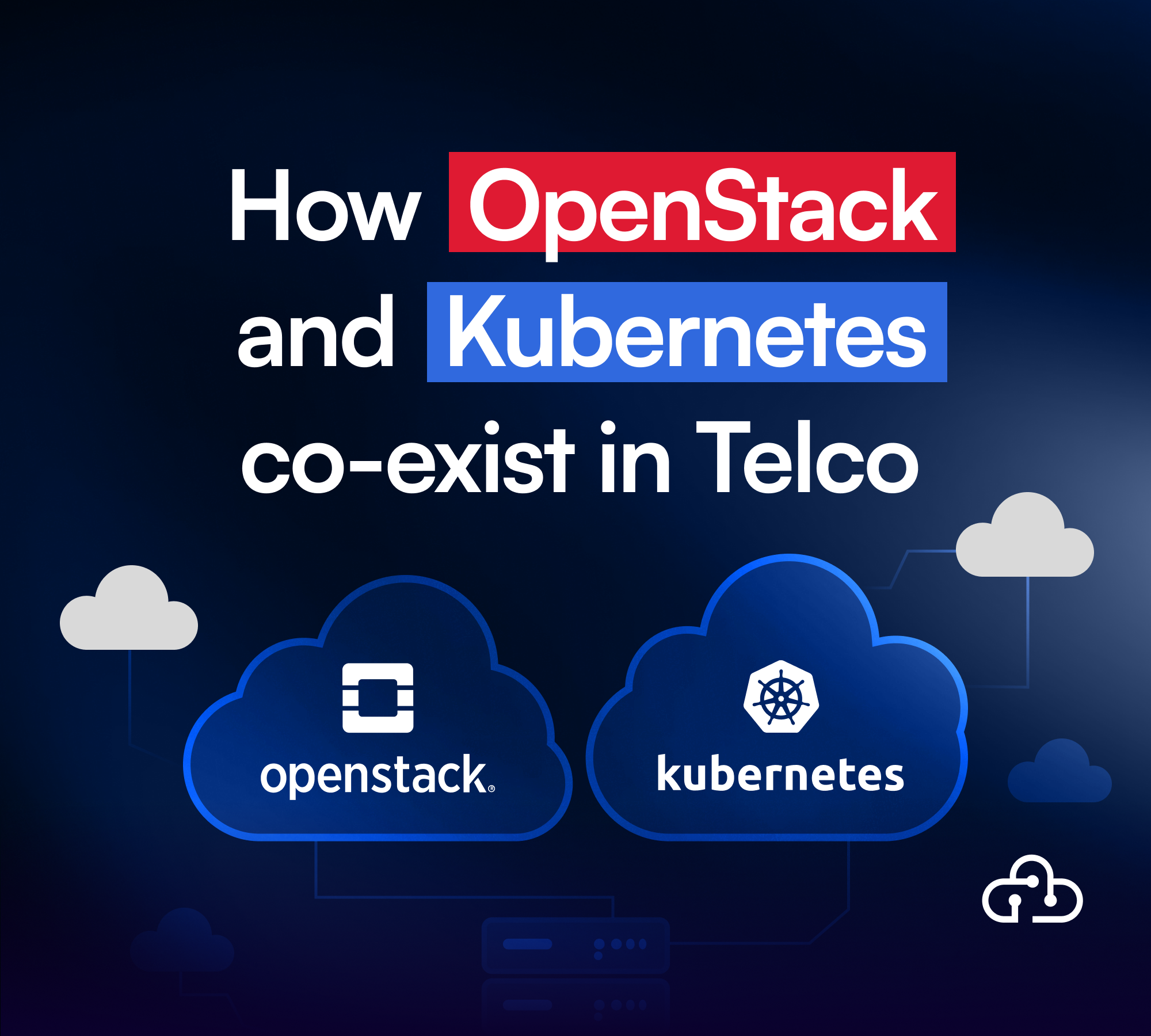How to build secure telco cloud infrastructure: best practices and common pitfalls
As telecom operators embrace cloud-native architectures and move toward full network virtualization, ensuring robust network security protocols is critical. Cloud technologies like 5G and edge computing, while providing great opportunities for telcos, also expand the attack surface due to their design and configuration choices.
According to Statista, phishing, user account compromise, and malware attacks were the most common threats to cloud infrastructure security in 2024. The journey to adopting cloud-based infrastructure, therefore, demands telcos to embed cloud network security from the start in order to protect their data, applications, and systems.
In this article, we’ll explore why telco cloud security is business critical, some of the most common threats to telco cloud security today, and the best practices to embed network security controls and threat prevention.
The importance of telco cloud security
95% of companies today are concerned about cloud security. The average cost of a data breach rose to $4.88 million in 2024, with telco cloud environments being attractive to malicious actors because of the sheer volume of data and interconnected services they manage.
Unlike traditional telco infrastructure that uses specialized, on-premise hardware, cloud-native telco infrastructure is built for flexibility. Microservices, containers, and virtualized network functions enable telcos to scale and innovate at speed using automation. However, such agility brings concerns around visibility and control.
With network services distributed across multiple cloud environments and endpoints, legacy perimeter defenses are no longer sufficient, and it becomes harder to detect and respond to security threats.
Whether telcos are using a cloud-native or hybrid cloud approach, having trust in their network security, cloud service providers, and internal teams is vital. With best practice cloud network security in place, telcos can protect their data, meet compliance standards, build customer trust, and protect business continuity.
Common telco cloud security threats
- Misconfigured cloud services
Misconfiguration remains the top cloud security vulnerability, accounting for 68% of incidents. Misconfiguration occurs when telco cloud environments are incorrectly set up, leaving critical systems exposed. Without continuous auditing and automated configuration management, these misconfigurations can go undetected and become easy targets for malicious actors.
- Unauthorized access
One of the many advantages of telco cloud infrastructure is the freedom of being used by anyone, at any time, and anywhere. Telcos often work with multiple vendors and internal members of the team who need many access permissions. Without robust identity management, it’s difficult to know who has access to what and harder still to detect improper use. Access controls, as well as tools that track and trace changes to configurations, should be regularly reviewed and authenticated to ensure only those with a need for access have it.
- Legacy service vulnerabilities
Many telcos continue to support legacy services, such as 2G, 3G and SS7, which are known to contain security vulnerabilities and weaknesses. As these older systems often work alongside modern services, including 5G standalone (5GSA) deployments, it opens up a broader, more complex attack surface for malicious actors. To mitigate these risks, telcos need to enforce continuous testing and auditing of both legacy and new services. This ensures security gaps are identified and addressed before they can be exploited.
- Insecure interfaces
Many telcos utilize APIs (Application Programming Interfaces) to offer innovative services. As APIs are the bridge between network services and applications, they communicate real-time data with one another. When APIs are poorly secured, they can expose sensitive data or disrupt essential telecom services. Ensuring secure design, regular testing, and strict access control for all interfaces is crucial to maintaining cloud integrity.
How to keep telco cloud infrastructure secure
- Implement a zero-trust approach
Adopting a zero-trust cybersecurity approach means trusting no one and nothing by default. Acting with a “never trust, always verify” mindset, telcos should verify every access attempt regardless of whether it comes from inside or outside of their network. By segmenting cloud networks using micro-perimeters, telcos can apply strict access controls and contain any damage to small areas rather than the entire network.
- Robust identity and access controls
Without strong identity and access controls, telco cloud environments can be exposed to unauthorized activity and credential misuse. Excessive permissions or poorly managed access can leave critical systems exposed. An identity and access management (IAM) strategy improves visibility and tracks who is accessing what, and when. Enhancing this with multi-factor or biometric authentication adds a strong layer of defense, while regular permission reviews ensure access stays limited to only those who need it.
- Encrypt data at rest and in transit
The nature of telcos means they store a lot of sensitive customer data. Without proper encryption, any breach could lead to serious data exposure. Encrypting data both at rest and in transit ensures it stays protected even if intercepted without authorization. With most cloud providers offering built-in encryption tools, telcos can apply strong, reliable protection with minimal complexity.
- Maintain regulatory compliance
Telecom operators face evolving security and privacy regulations that often vary by country and market — for example, consumer data protection laws, communication confidentiality rules, telecom-specific security frameworks, and national cloud security mandates. Many cloud service providers offer built-in security features, such as default encryption, zero trust architecture, and policy enforcement tools that help telcos meet baseline compliance requirements from the outset.
- Upskill employees in cloud security
One of the biggest threats to telco cloud security is human error. Weak passwords, remote access, and falling for phishing attacks are just a few of the ways internal employees can put telcos at risk of cyberattacks. Employee awareness and training in cloud security best practices, common threats, and their roles in protecting data in the cloud are essential to maintaining secure environments.
LabLabee can help build secure telco cloud infrastructure
Building secure telco cloud infrastructure is an ongoing journey that requires commitment from internal teams and external vendors. Here at LabLabee, we believe the best way to learn is by doing. Our hands-on, virtual labs give telco professionals the knowledge and skills to design, configure, and secure cloud-native networks.
Learn the fundamentals of cybersecurity with Introduction to Cybersecurity Essentials, find out how to implement an IAM strategy with our Identity and Access Management Fundamentals lab, and gain real-world expertise in 5G security in Exploring 5G Security: Understanding the Basics.
Explore our complete catalog of labs, learning paths, and skills tests to help you build secure telco cloud infrastructure from the ground up.





